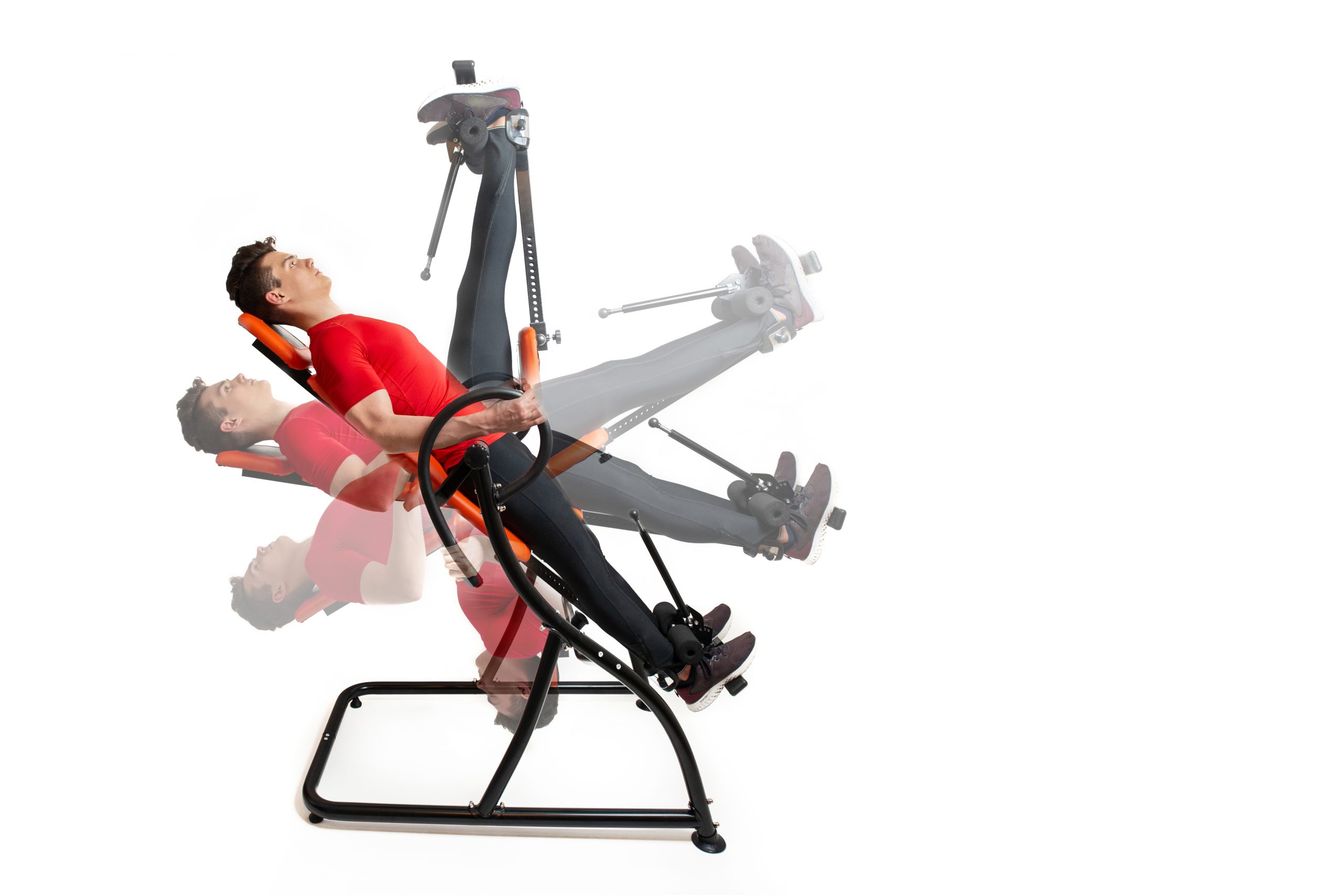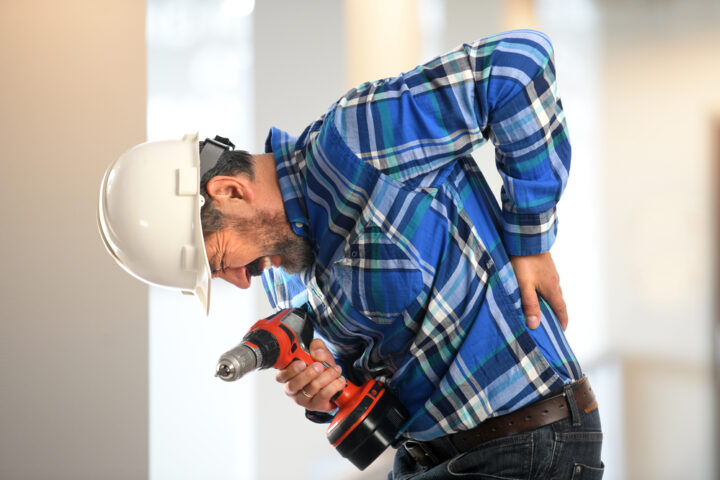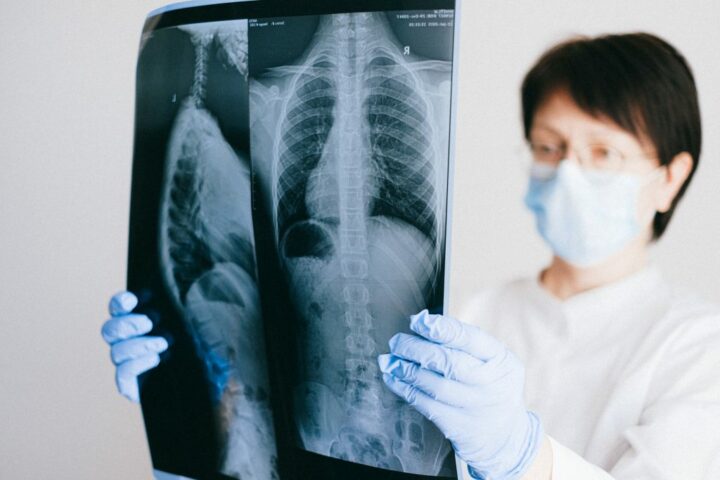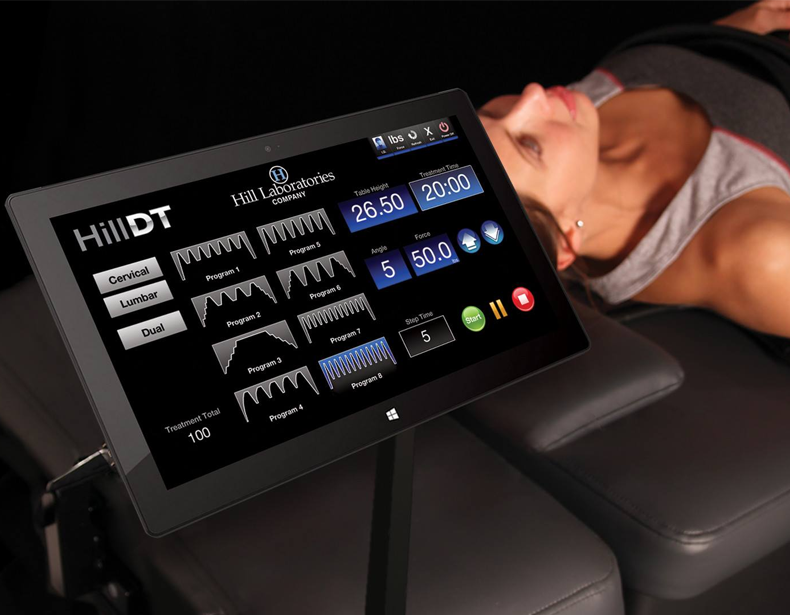Will an inversion table help your chronic back pain? Quite possibly, but there are some things you should know before you invest in one.
WHAT IS AN INVERSION TABLE
Inversion tables deliver a therapy which is sometimes called Spinal Traction. The table, which you can purchase for your home, allows you to hang upside down. This position reverses the gravitational pressure on your body.
Rather than your spine being compressed by gravity it is decompressed in the reverse position. Provided the area that is causing you pain receives a reduction in pressure, you will likely have relief.
Most inversion tables hang you by your ankles and therefore your entire body receives the reverse pressure.
HOW CAN I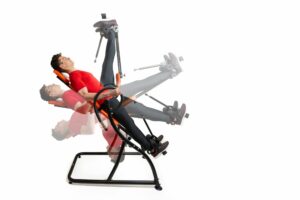 NVERSION HELP MY BACK
NVERSION HELP MY BACK
If it is a disc issue that is causing pain, then decompression (or pulling apart – tractioning) of the vertebrae on either side of the particular disc can give relief. Similarly, if it is a pinched nerve (sciatica) then giving the nerve some space to come free will relieve the pain.
IS HOME INVERSION SAFE?
Provided you are not hanging upside down for lengthy periods, inversion can be quite safe. The problems can arise when you:
- stay in the position for too long
- have underlying health issues which may be contraindicated to this type of therapy
- have a more serious disc issue which requires more targeted decompression
You should always check with a health professional prior to commencing any new home therapy.
You need to be sure that you don’t have any underlying issues which may react adversely to reversing the gravitational pull on your entire body.
ARE THERE ANY DOWN SIDES TO USING AN INVERSION TABLE
Yes, there are a few that you should be aware of. One issue is the blood flow to the head which can cause issues if you stay inverted for too long. Another is the ability to get yourself back up the right way if you become disorientated. Also, your whole body weight on the ankles can be less than ideal.
POINTS TO CONSIDER
The biggest questions are:
- How it affects the rest of your body
Relieving the pressure on a problematic disc will give relief but does the rest of your body require such measures? Especially your ankles.
- Whether it is the best treatment for your particular condition
If you have a herniated or ruptured disc, inversion treatment could possibly make the situation worse. You don’t want to increase any tears or encourage more disc matter to be released.
IN SUMMARY
Are inversion tables a possible solution to chronic back pain – quite possibly – in certain circumstances.
It is vital that you get a professional opinion on what exactly is causing your pain before you decide on any home treatments.
If you are diagnosed with a disc issue that will benefit from decompression, then inversion therapy may give you some relief. This relief may give you a better quality of life, if only temporarily.
If your disc issue is more serious, or you are looking for longer lasting relief, then a more targeted and precise decompression of your spine may be required.
For targeted and precise spinal decompression – whether in the lower back or the neck, together with professional assessment of your condition, read more at: www.nonsurgicalspinalcare.com.au

